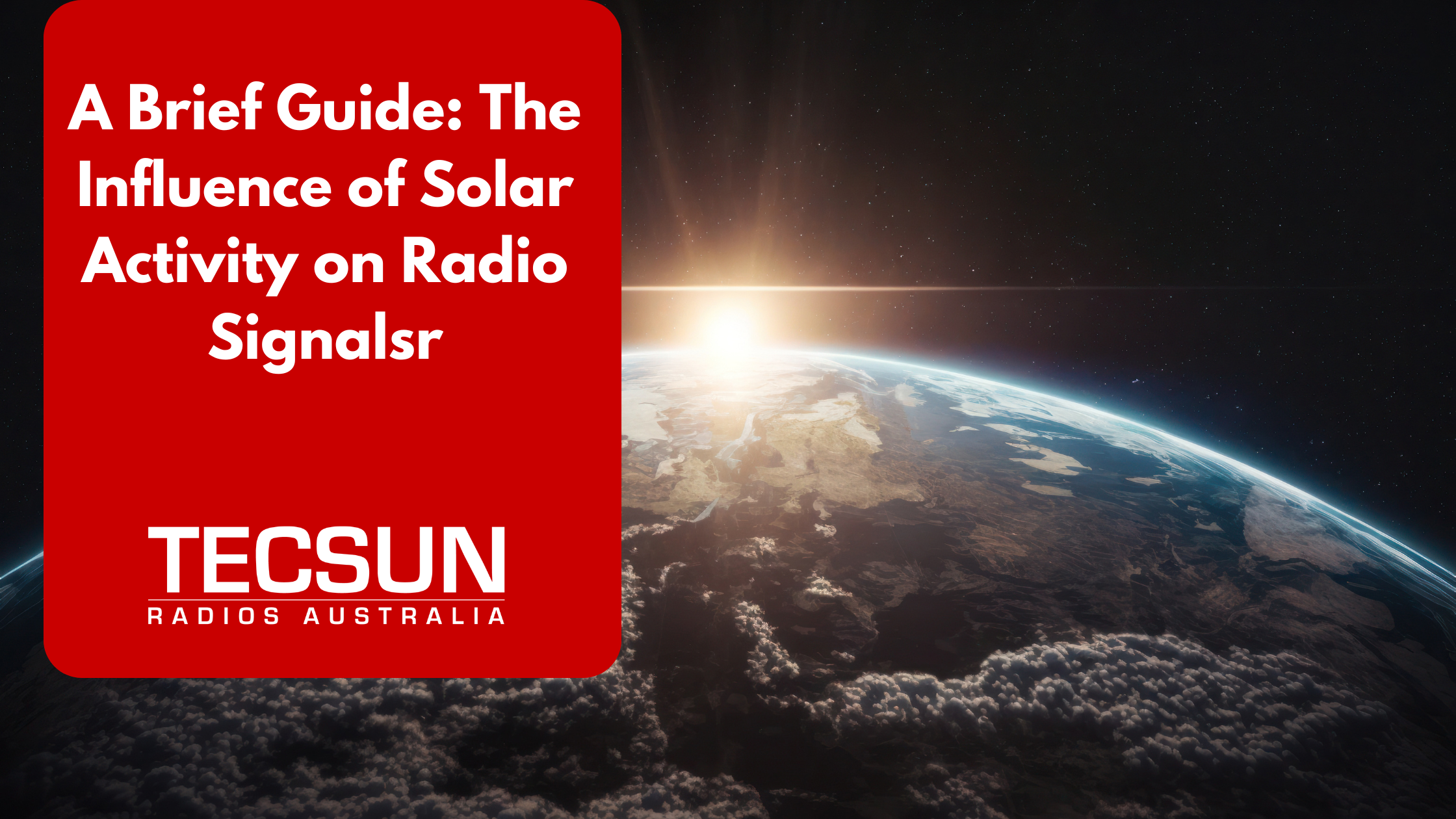
Solar activity, such as sunspots, solar flares, and coronal mass ejections (CMEs), can significantly impact radio signals, particularly in shortwave and high-frequency (HF) bands. Here’s how it works:
- The Sun and the Ionosphere:
Radio waves rely on the Earth’s ionosphere (a layer of charged particles in the upper atmosphere) to bounce signals over long distances. Solar activity affects the ionosphere by increasing ionisation levels, which changes how well it can reflect radio signals.
- Improved Signal Propagation:
During periods of increased solar activity, when sunspots are numerous, the ionosphere becomes more reflective. This boosts the range of shortwave radio signals, due to reflection, allowing them to travel a greater distance.
- Signal Disruptions:
Solar flares and CMEs (Coronal Mass Ejections) can cause sudden ionospheric disturbances, which may lead to radio blackouts. These events can block or degrade radio signals, especially on the sunlit side of the Earth.
- Day vs. Night Propagation:
Solar radiation influences the ionosphere more during the day than at night. As a result, higher frequency signals (like shortwave) propagate better during daylight, while lower frequencies (like MW) tend to perform better at night.
- Solar Cycle Impact:
The Sun follows an 11-year solar cycle. During the peak (solar maximum), radio conditions improve, but disruptions also become more common. During solar minimum, signal ranges may be reduced. We are currently in Solar Cycle 25 with maximum activity expected in July 2025.
Understanding these solar influences helps radio enthusiasts optimise their listening experience by timing operations with favourable solar conditions.



Leave a Reply
Want to join the discussion?Feel free to contribute!